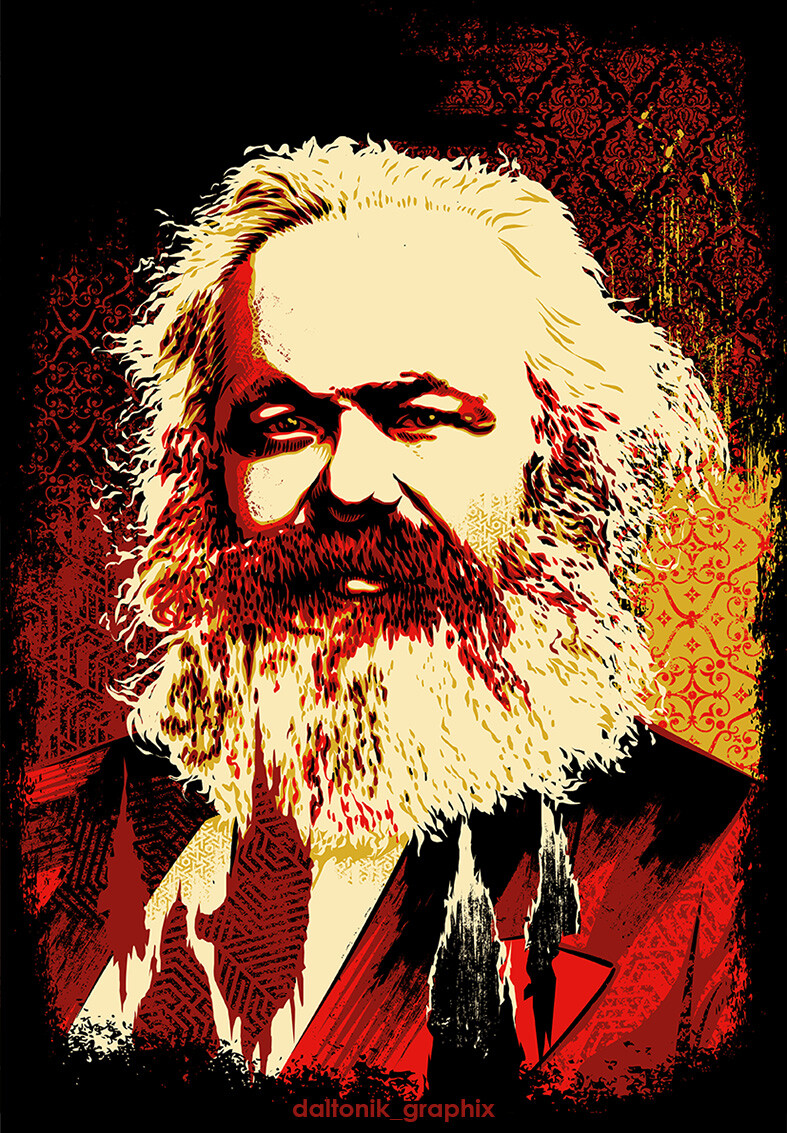I've been reading Capital off and on for months and this is a seemingly pretty important difference that I don't understand. Is there a difference between surplus labor and profit, and if so, what is it? Any explanations, links, or chapters in Capital I should check out are appreciated.

This image should explain (my understanding of) the difference between surplus value and profit.
Surplus value is the value of commodities produced beyond the equivalent value of commodities needed to produce a day of labor.
You can imagine a worker who could somehow teleport between jobs, spending exactly long enough in a bread factory to make their daily ration of bread, exactly long enough at a treatment plant to make their day's water, exactly long enough at a clothes factory to make up the "fraction" of wear and tear on their clothing for the day, exactly long enough at a power plant to produce their day's usage of electricity, etc...
If you add up all the time required to produce each of the commodites they need each day, then you would find the labor time required to produce one day of labor - the value of a day of labor. The special characteristic of labor as a commodity is that it produces value, so that while it takes X amount of value to produce a day of labor, that day of labor then produces X+Y amount of value. The extra value produced, Y, is called the surplus value.
Appropriation of surplus value is the basis of capitalism, but not all the surplus value is necessarily appropriated - unless the worker is being paid an absolute minimum subsistence wage (which, to be sure, the capitalists are always trying to force them down to) then they will also receive some portion of their own surplus value that they were forced to produce.
But the bulk of the surplus value goes to the capitalist, in the form of the commodities produced over the course of the day of labor. This is then eaten away at by the cost of materials and upkeep for the tools and machinery (as required for production of the specific commodity turned out by their factory) and then modulated by the price of their specific commodity on the market as affected by supply and demand at the particular moment they try to sell it, to result in the final profit.
The capitalists are thus always trying to increase both their share of the surplus value relative to the worker's share, and the absolute amount of surplus value produced in a working day - the simplest tools of which are, respectively, paying workers less per hour, and making them work more hours - in order to make an even greater quantity of products while paying out the same wages.
However, this runs into the problem that for every additional unit of commodity produced without paying additional wages, there is relatively less money in the market to buy your additional commodity. So, with every capitalist trying to create more surplus value without paying more wages, the laws of supply and demand force the price of their commodities to decrease further and further until they can no longer sell them for a profit. This creates a crisis of overproduction, which happened continuously in every industrial economy throughout the 19th century (until the discovery that you can send your gunboats around the world to force open new markets and dispose of your excess commodities there) and even after that point recurred frequently, as described for instance in The Grapes of Wrath.
So the crucial thing to take away is, while surplus value is necessary for profit, at any time there is a particular ratio between them that the capitalists are working their absolute hardest to erode away until the whole system is so choked with commodities that they can no longer be sold - until the surplus value can no longer be realized as profit. The obvious inefficiency of this is why communist nations can post such staggering rates of industrial growth, as manufactured goods can be allocated based on rational central planning instead of having to go through the anarchy of the market - surplus value can be realized directly into increased industrial production.